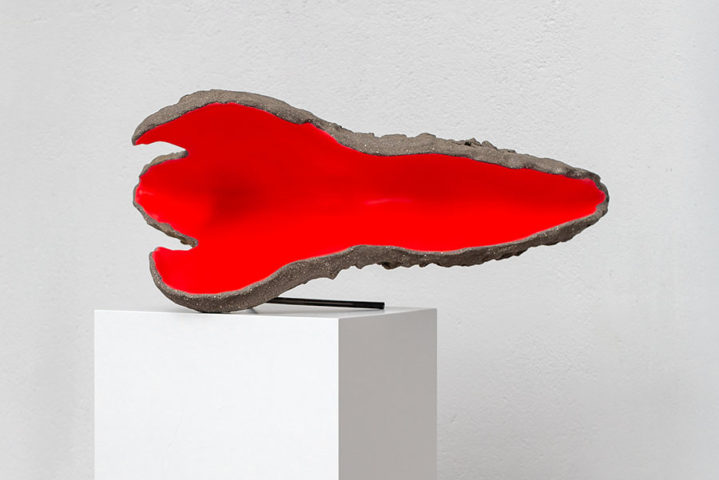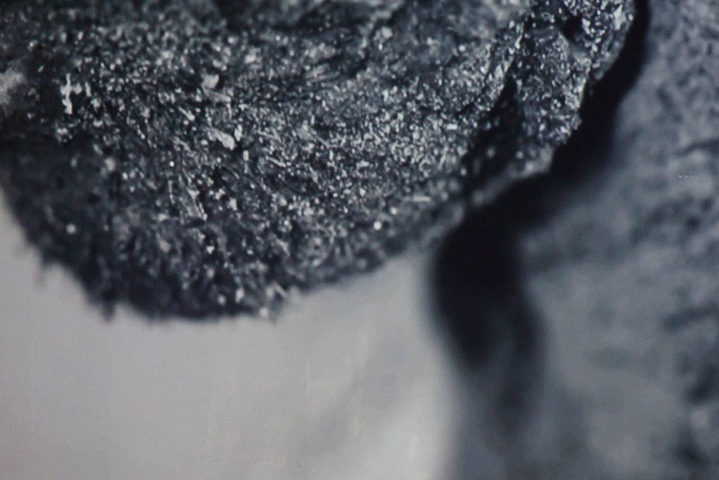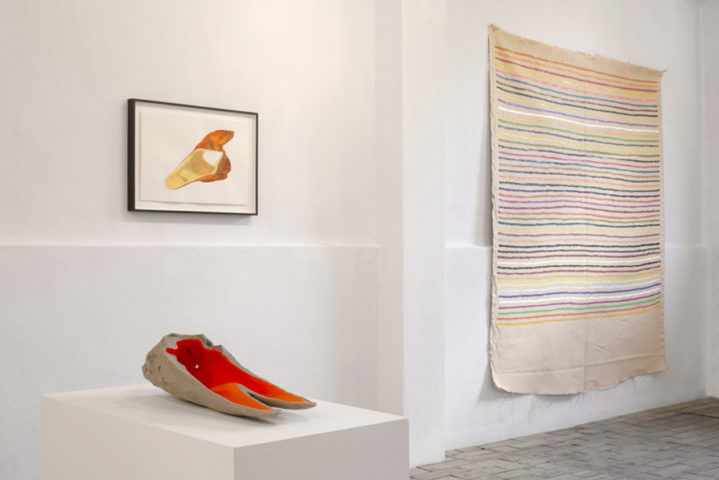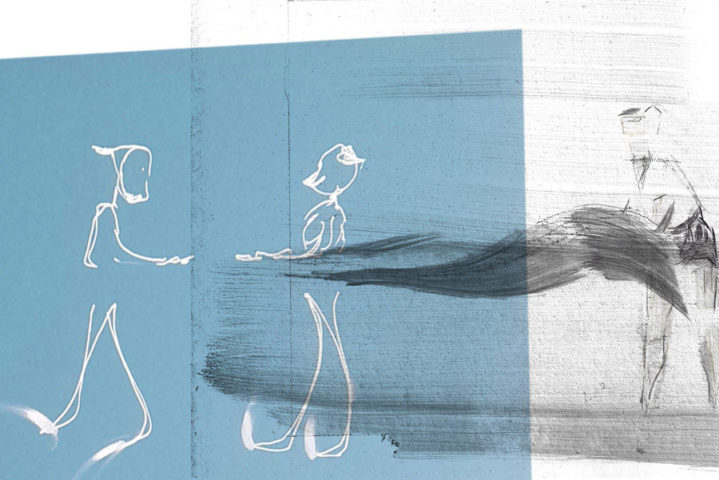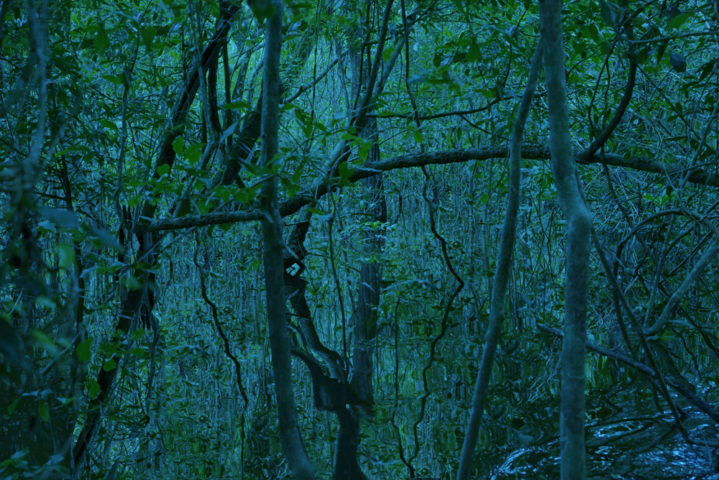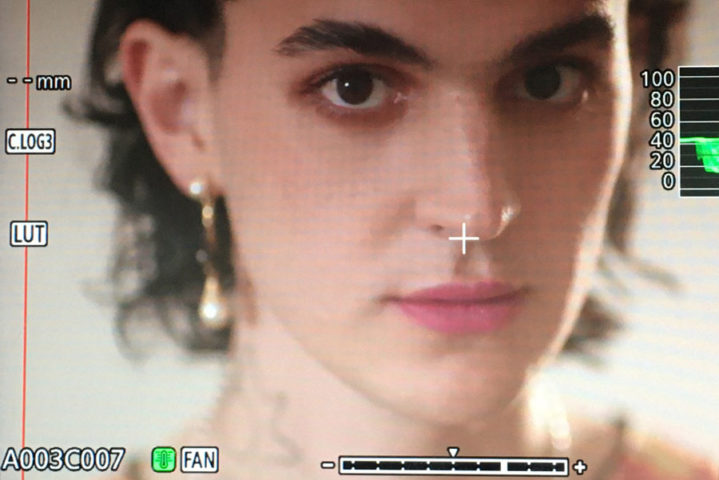Historia de mis ojos, 2021
15′. 16 mm movie transferred to digital
November 24, 25, 26:
Screening in loop 11-14h / 16-20h
November 27
Screening in loop 11-14h
November 24 & 26, at 7pm:
Screening + presentation by Alicia Kopf
RSVP: galeria@galeriajoanprats.com
Storyline:
A visit to the eye doctor is the starting point of this journey towards the origin of life, beyond our planet and inside a woman’s consciousness. An approach to the intimate blind spot that originates an individual life.
